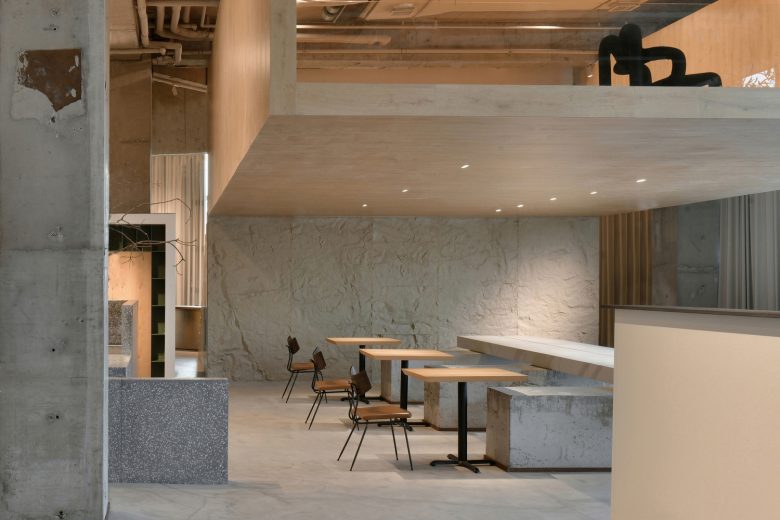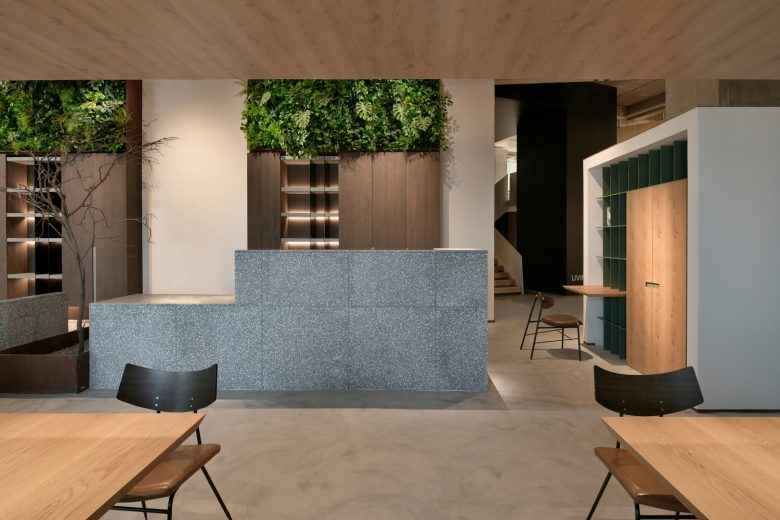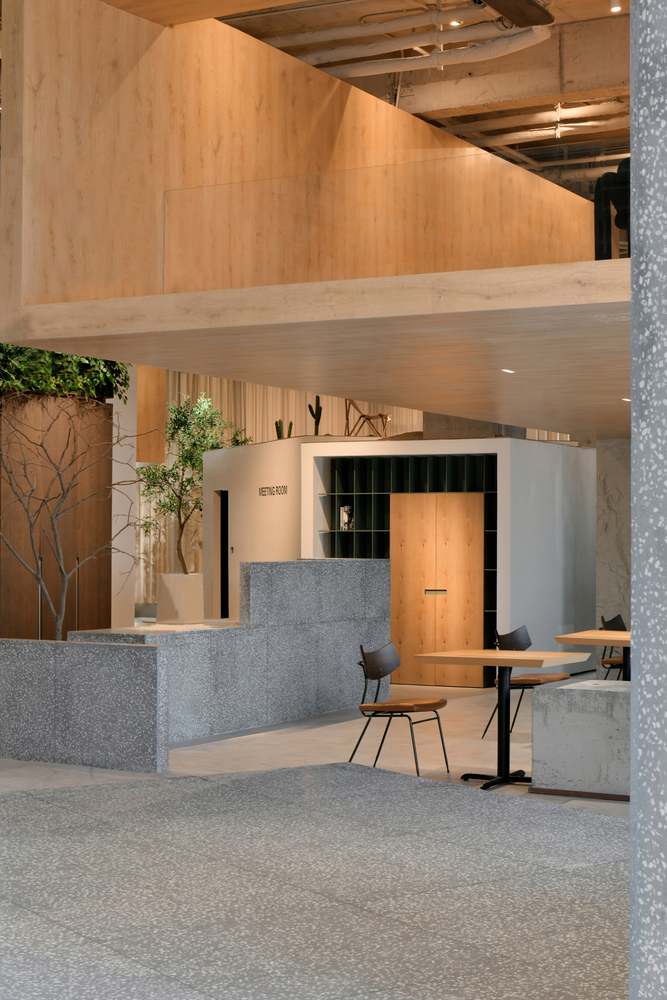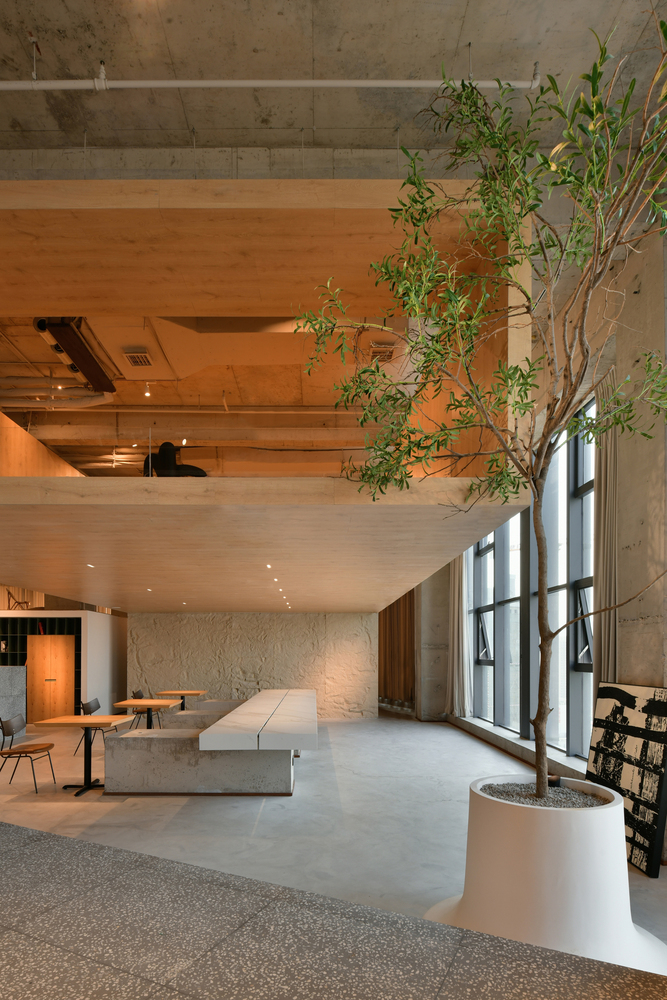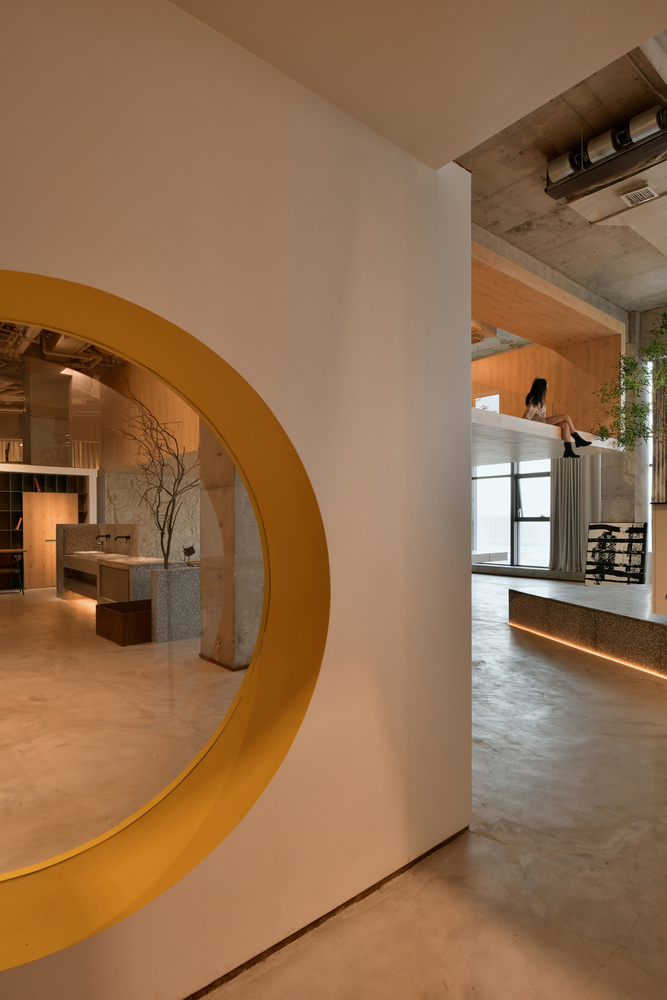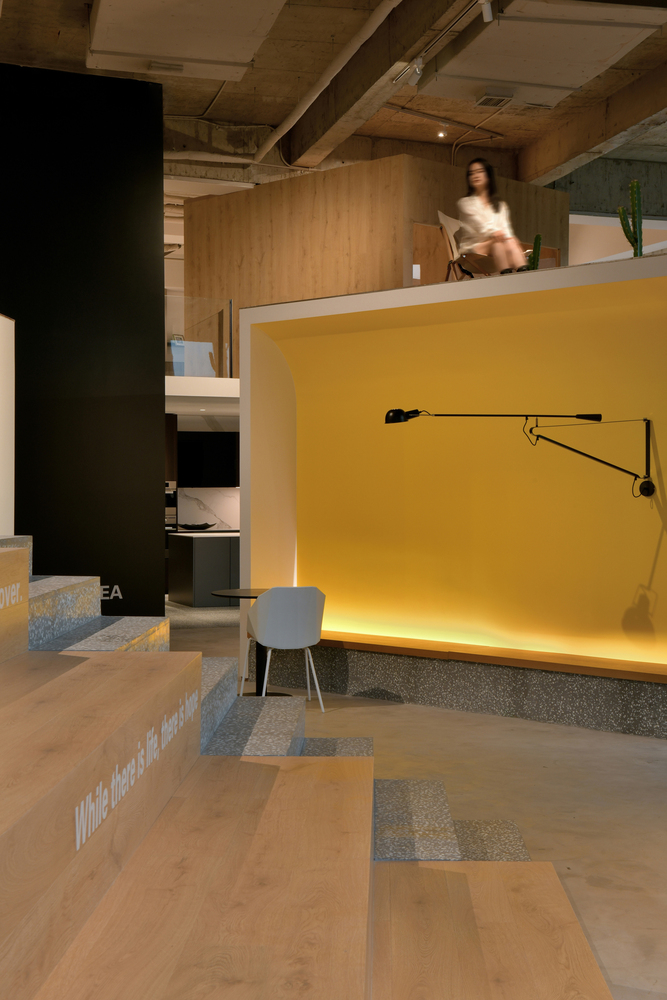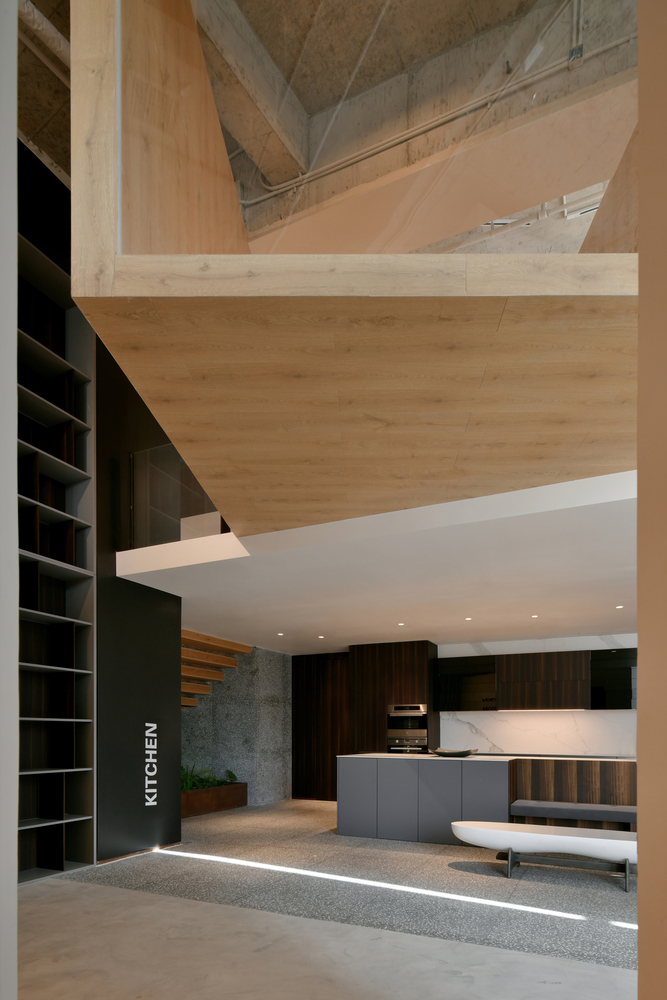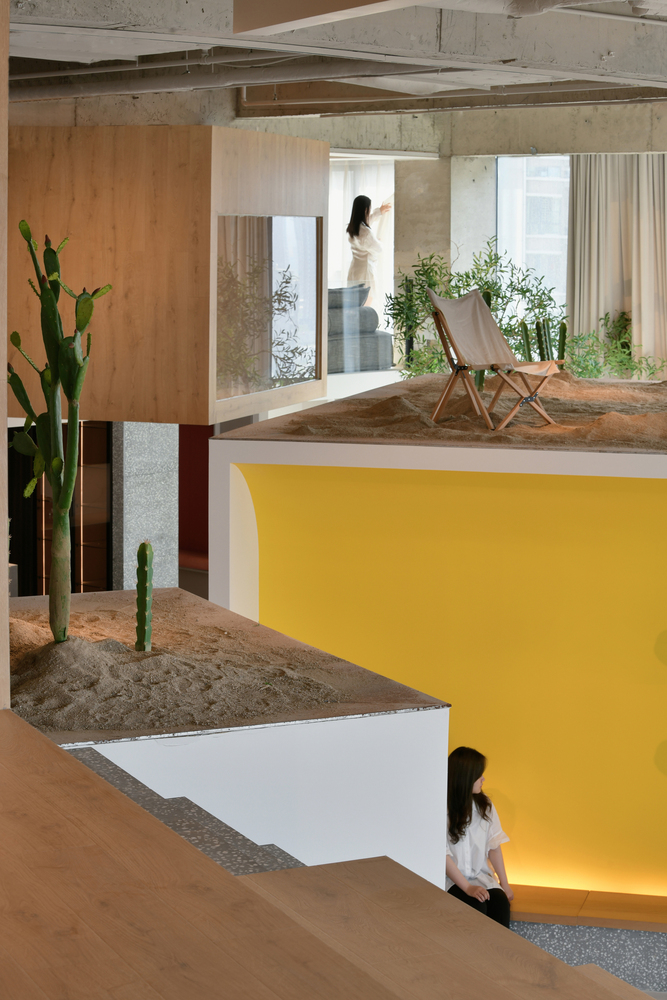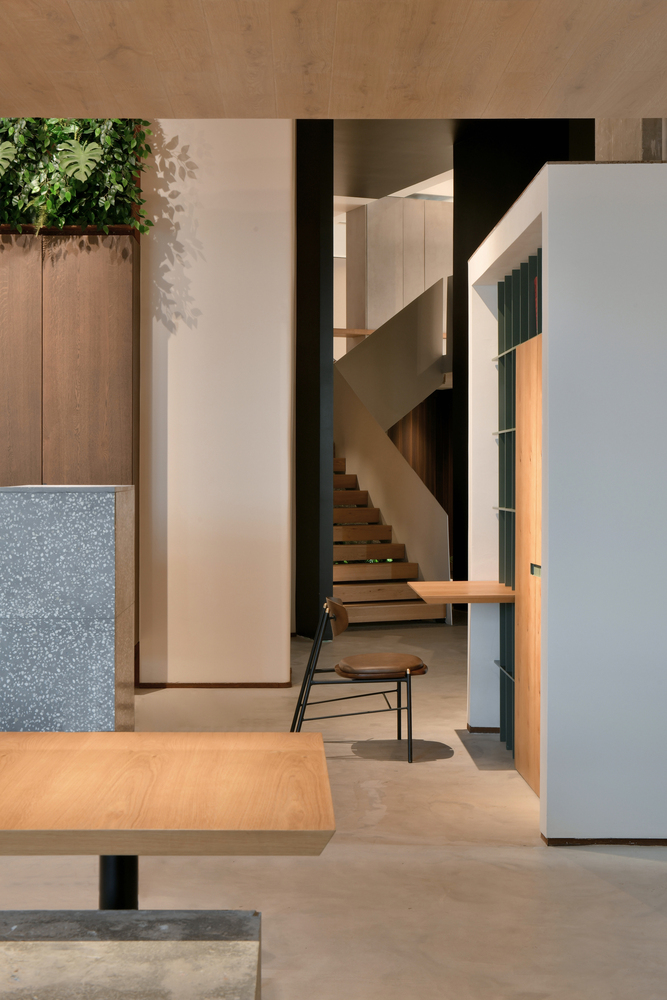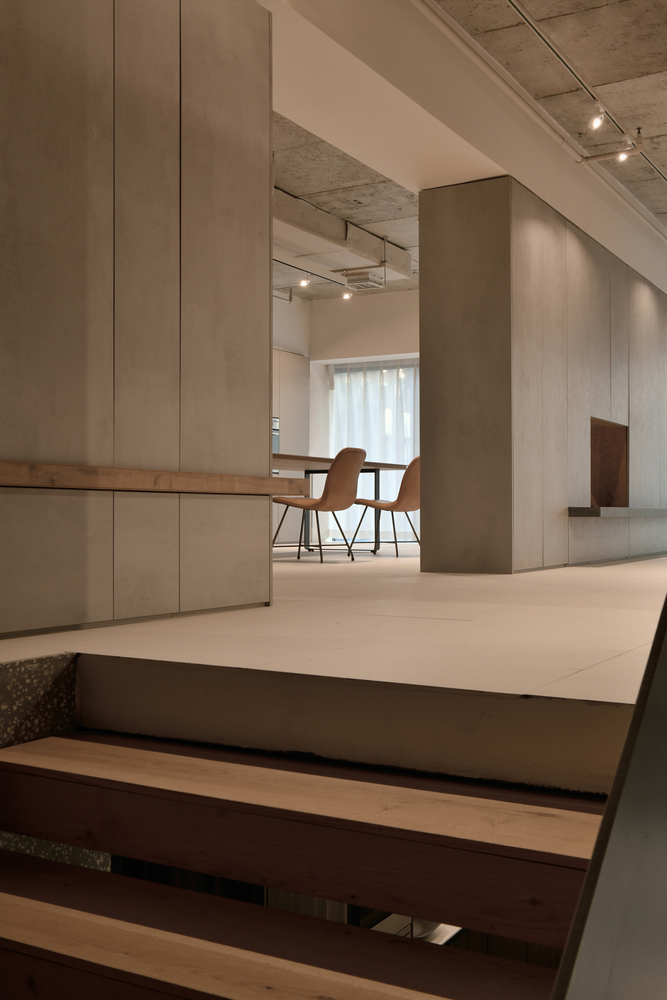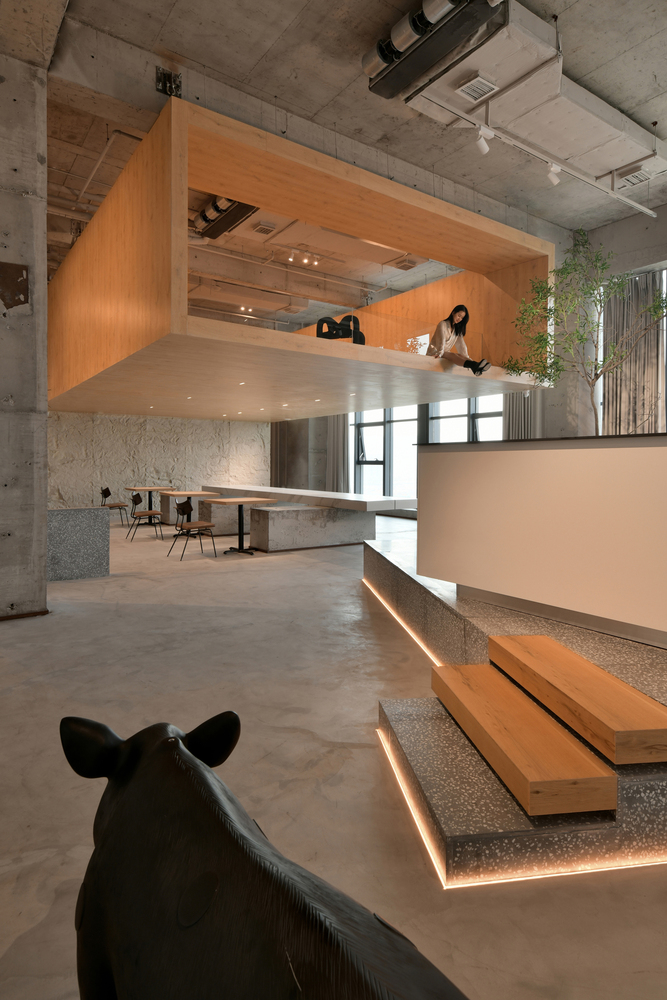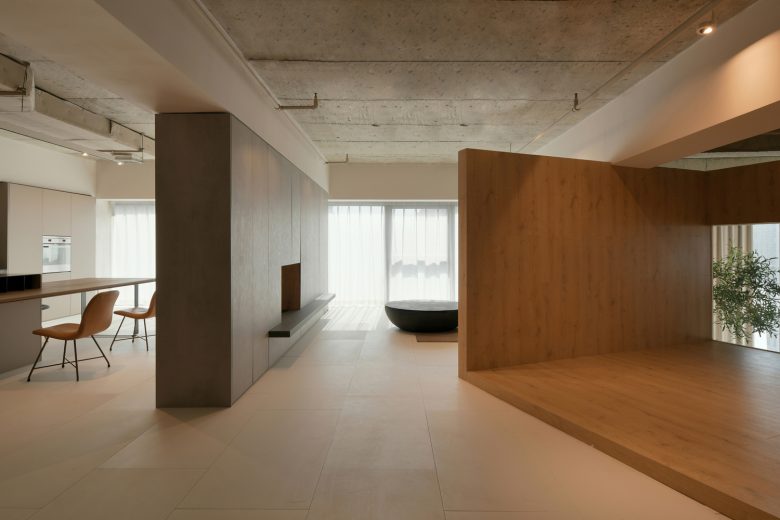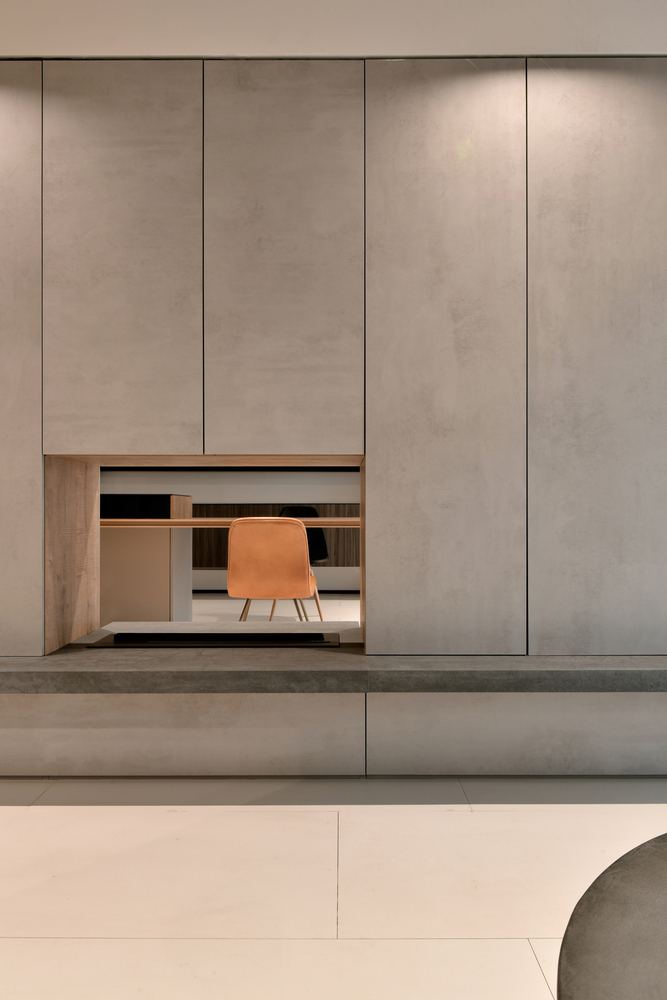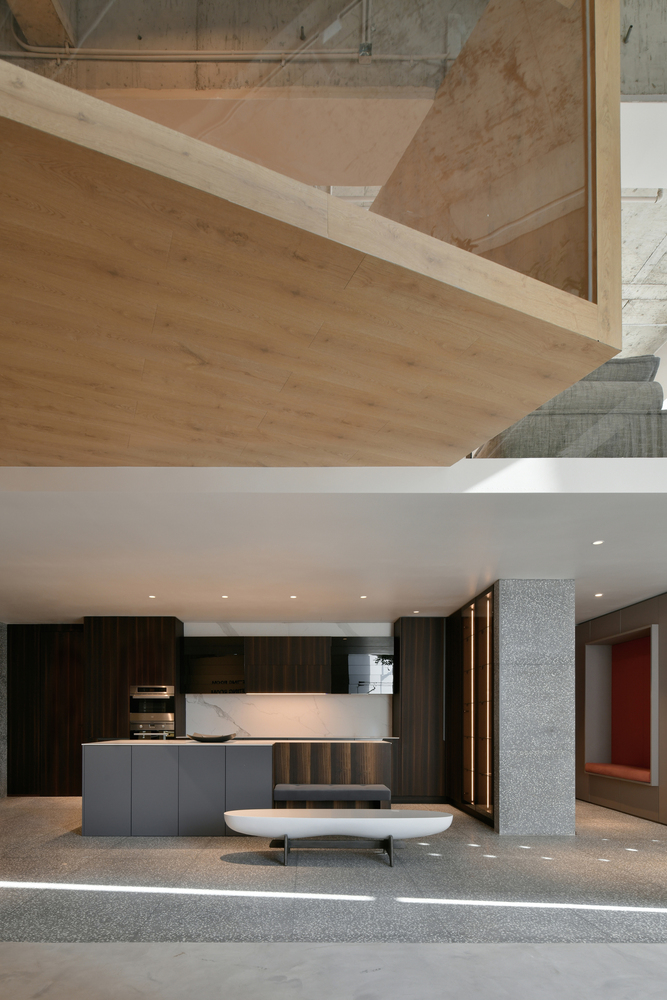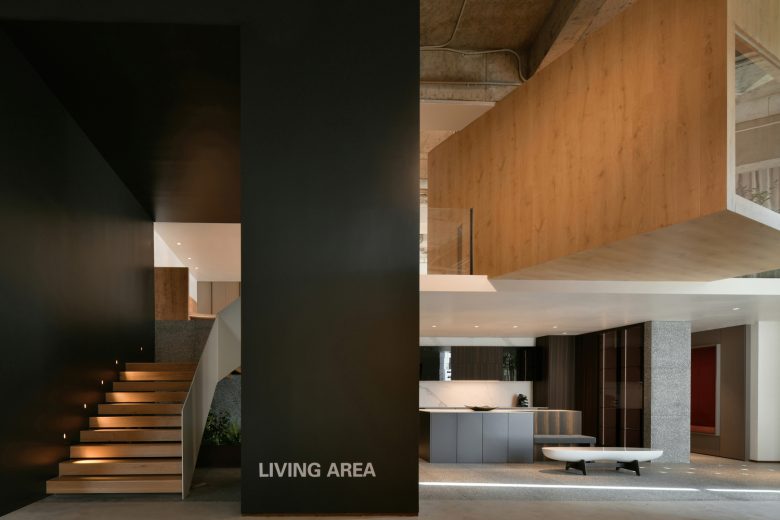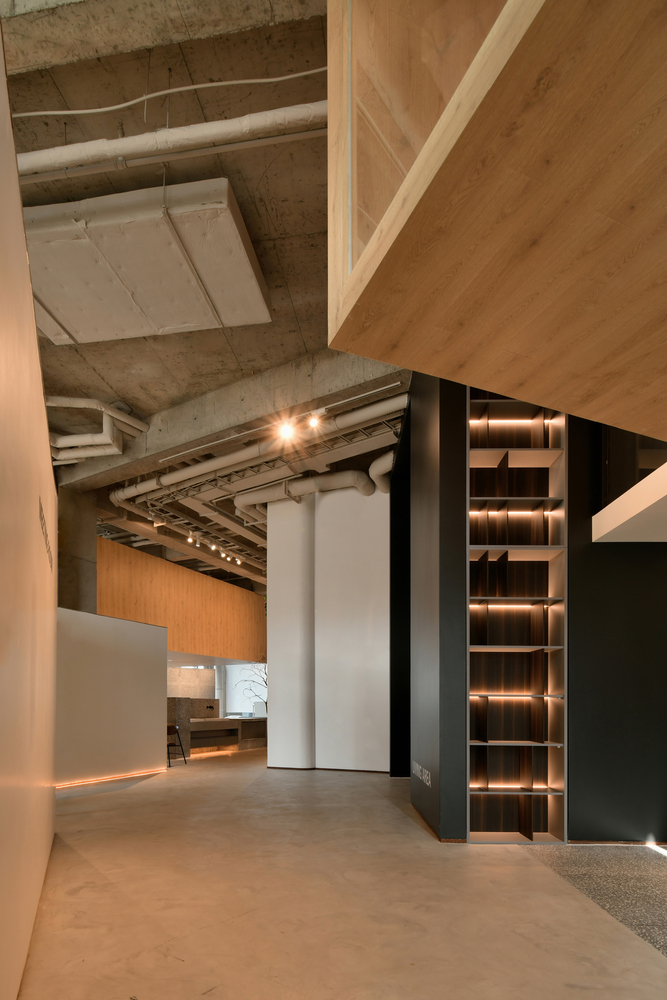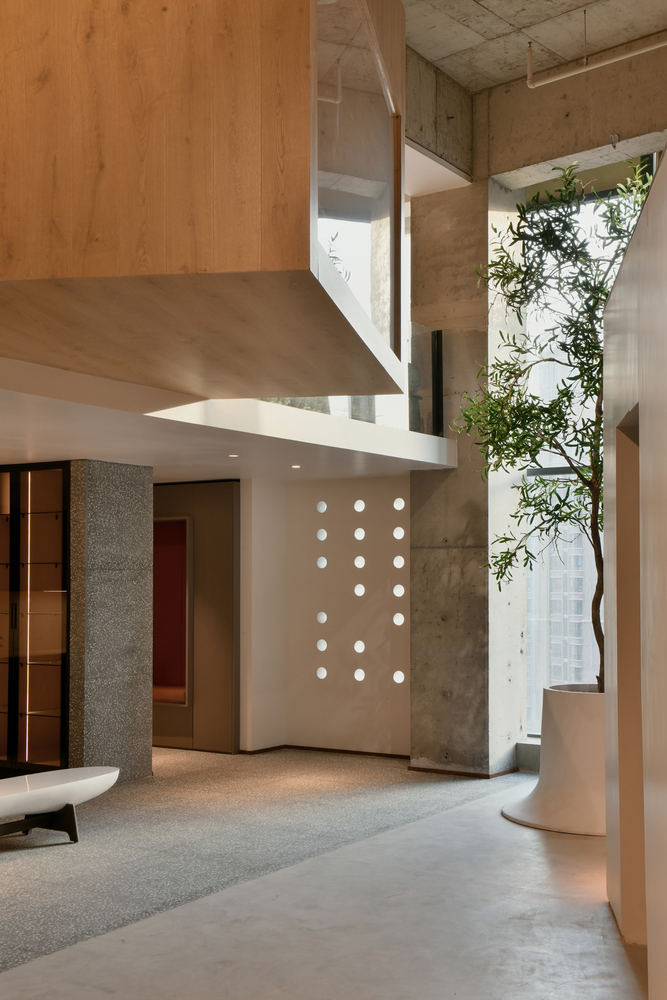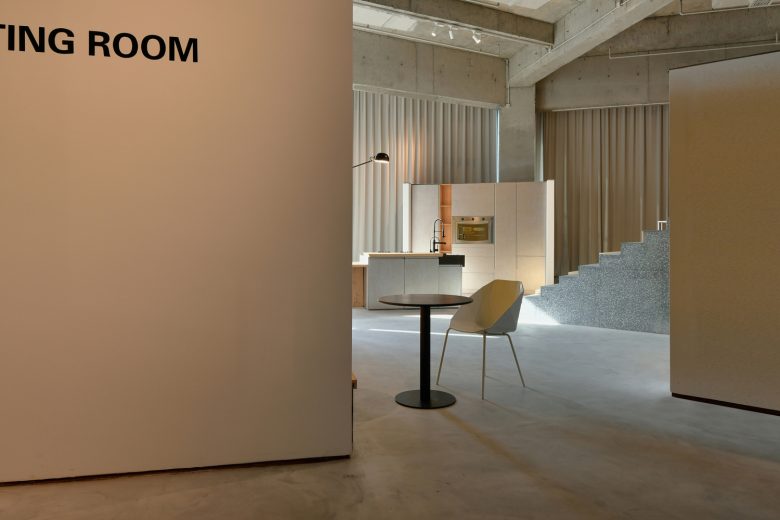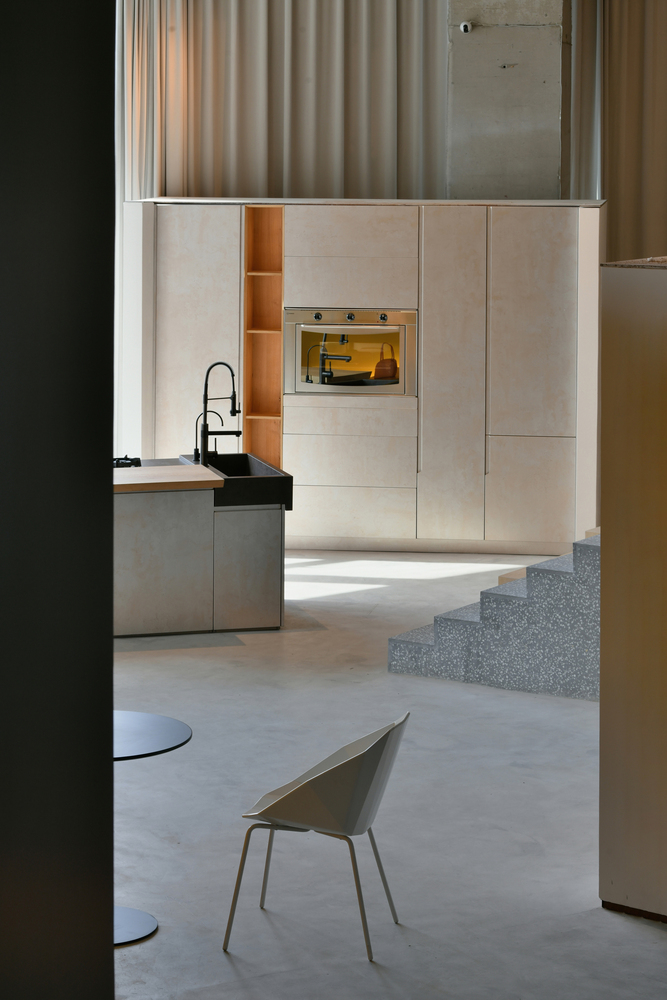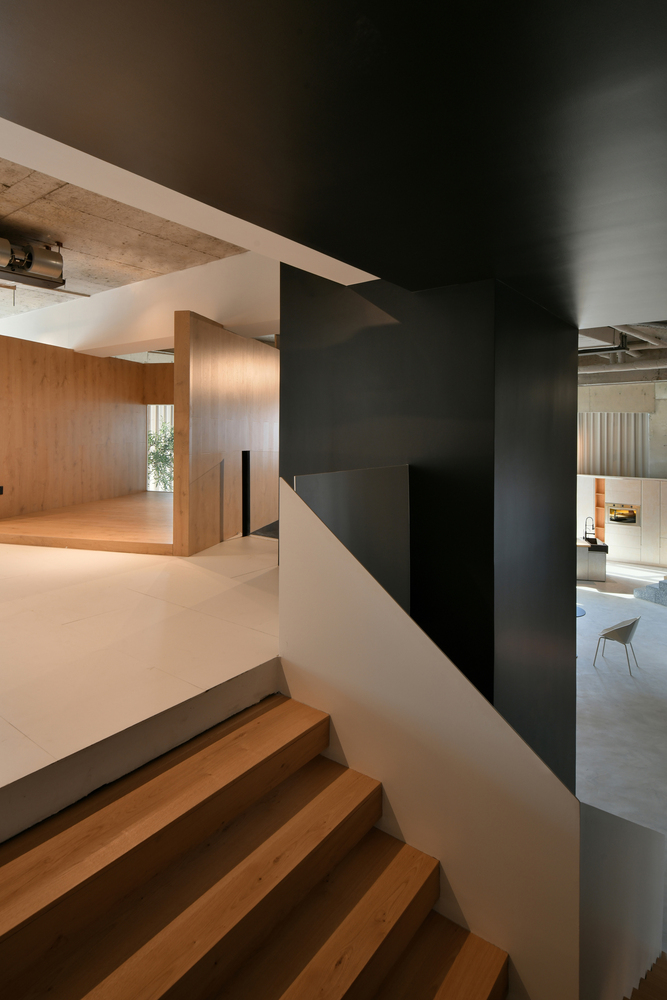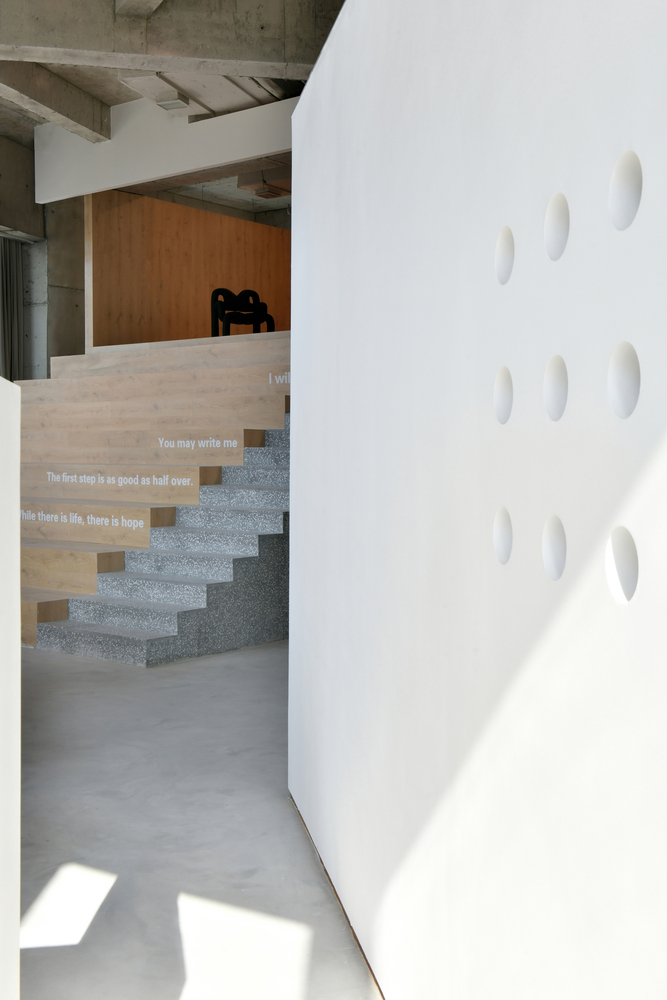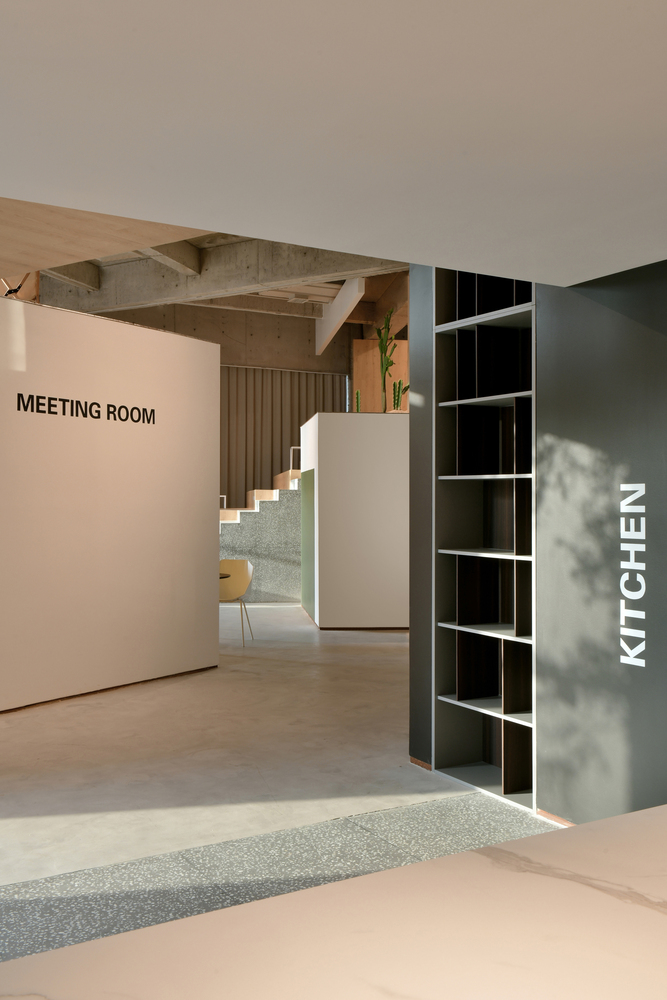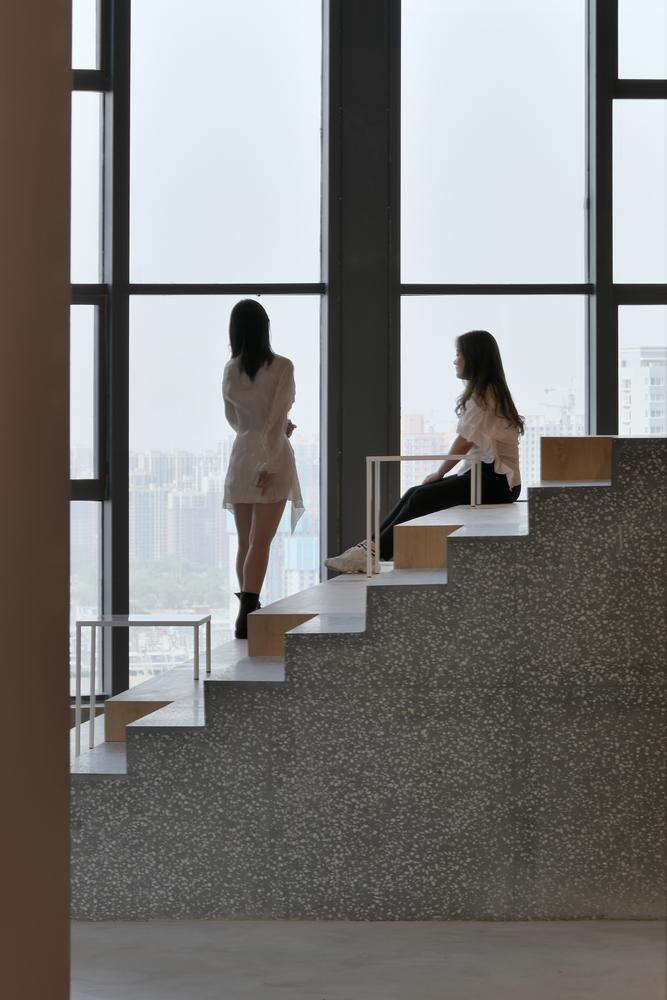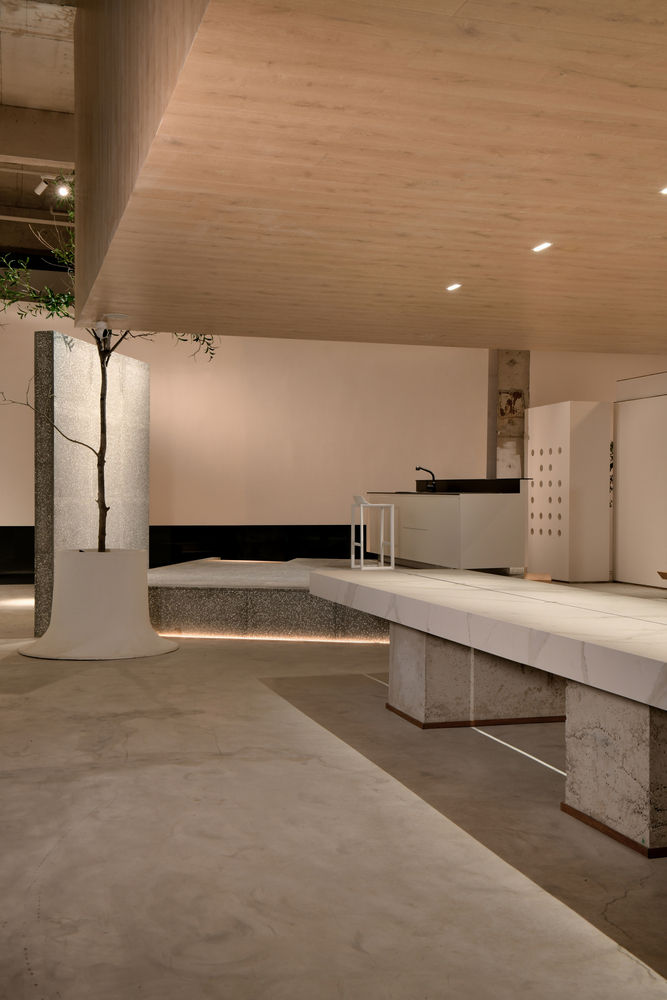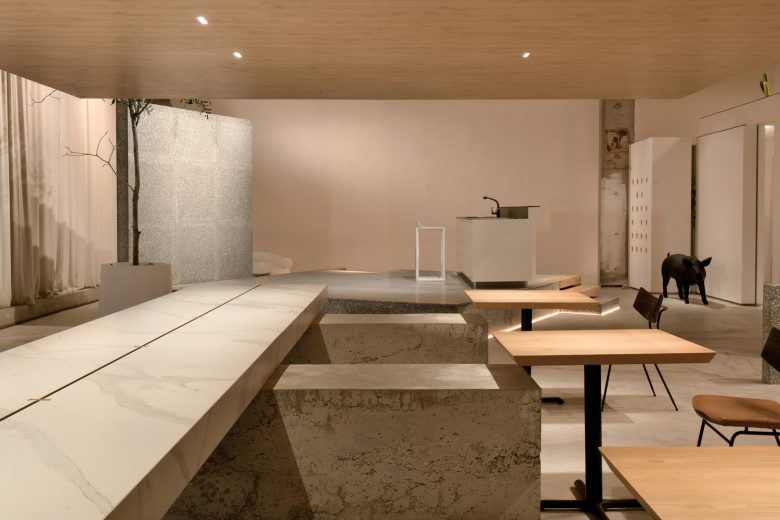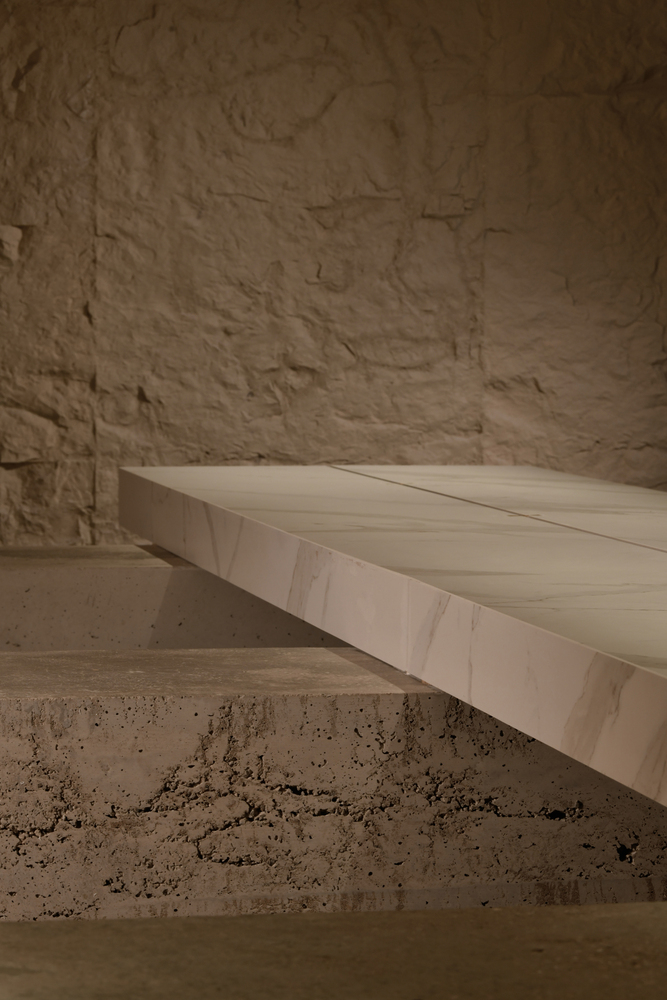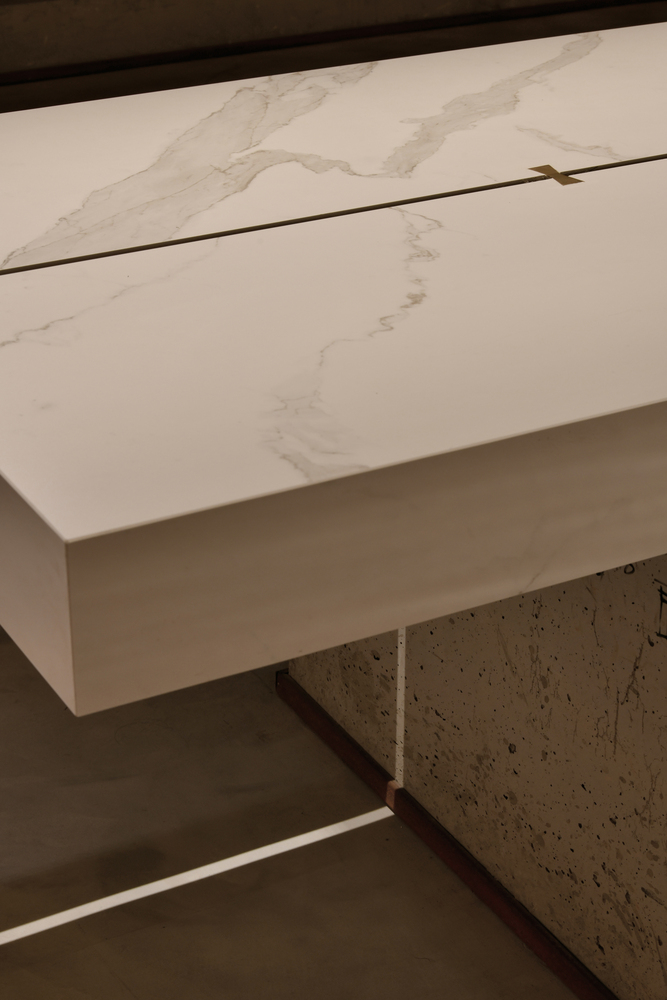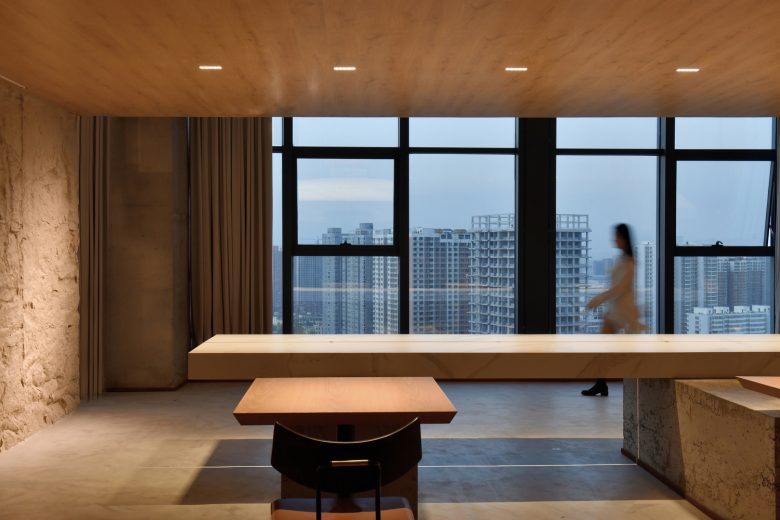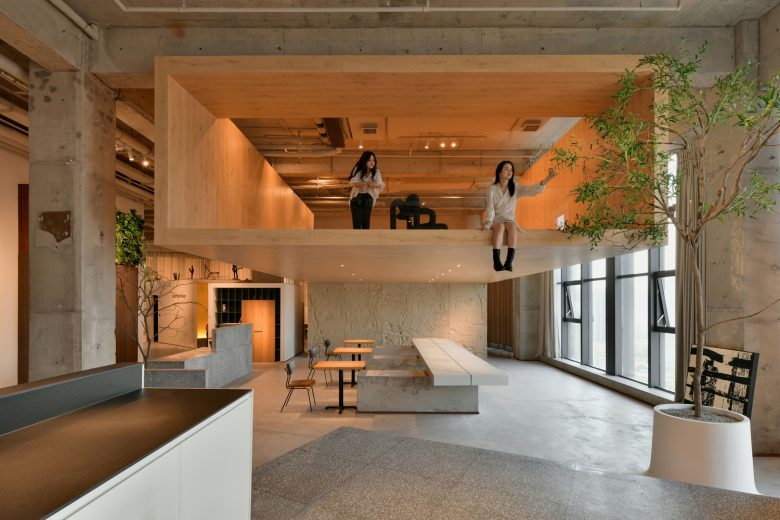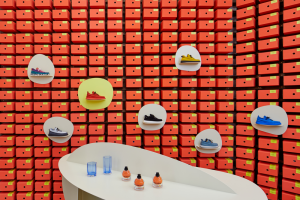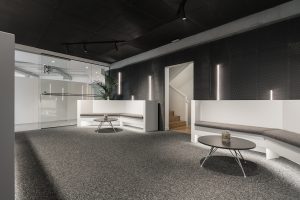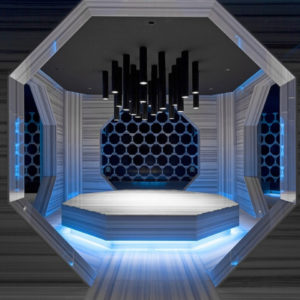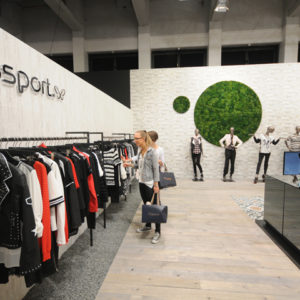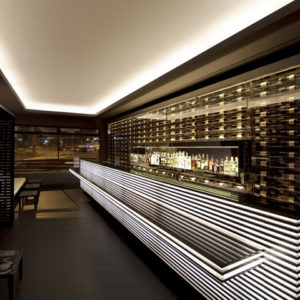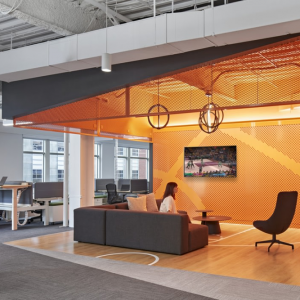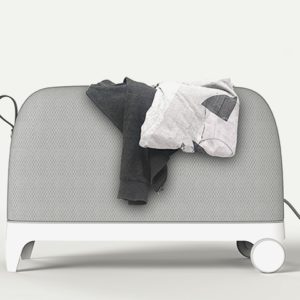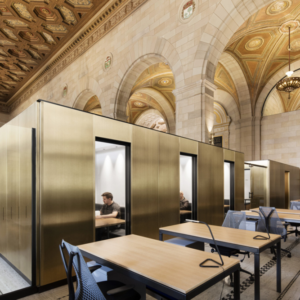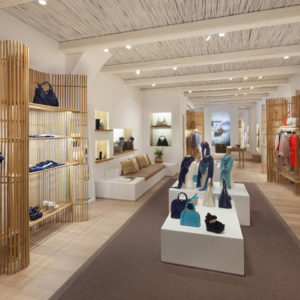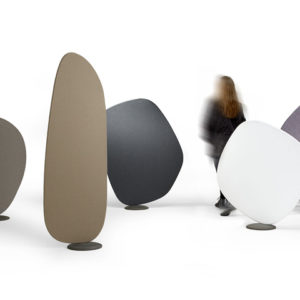
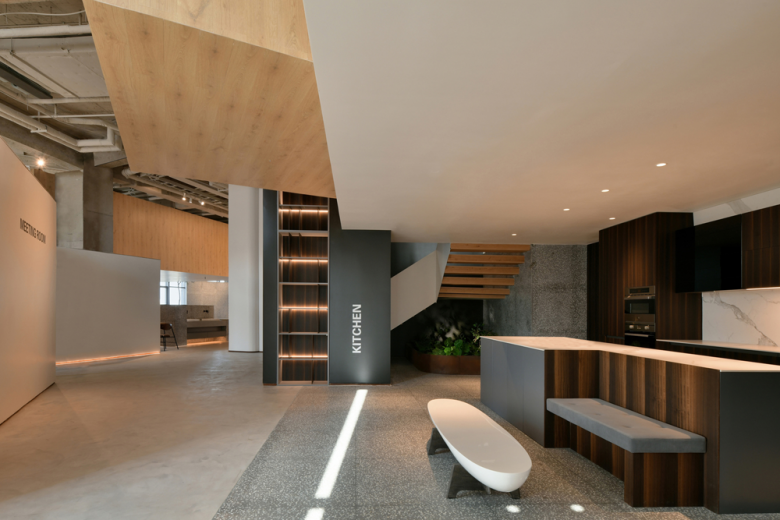
In modern times, the street life with “people” as the core has gradually become a unique residential culture. The life wrapped in streets and courtyards is full of rich and vivid activity scenes and urban daily life. This project is located in Taiyuan, Shanxi Province. The design takes “street life” as the starting point. The design focuses on the linear space of streets and lanes, extends rich architectural techniques to “streets and lanes”, and then brings vitality to the space.
Man-made places also make people. Streets and alleys are places where citizens used to communicate daily. With the continuous development and expansion of the city, its street and lane system has also evolved. This project is located in Shanxi. In the past, Shanxi was mainly a combination of streets, courtyards, and caves. It will have many shared yard living facilities and landscapes. In this process, there will be many warm life scenes and emotional intersections between neighbors.
Take space as the medium to connect people with streets and lanes to create a dynamic life scene. The design points to life in the streets and lanes and expresses products with life as the source. Le Corbusier once said that the axis, as a pointing instrument, is very important for architectural design: “layout is to classify the axis, the purpose and the purpose.” in this design, the concept of path replaces the axis. The axis uses lines to determine the three-dimensional and plane, and defines the movement in the vertical structure, while the axis regards the building as a whole, allowing the existence of non-directional structures. The axis is replaced by the vector, and the user’s trajectory determines the spatial structure and becomes the “adjustment line” of the building. The focus of the axis is its core, and the axis shows a continuous experience, enriching the whole journey as well as the destination.
In order to make the streets more three-dimensional and rich, multiple building boxes are manufactured indoors, which has more possibilities of use and interaction through additional attributes. In addition, it also allows multiple boxes to twist and change, so as to achieve the variability of vision and moving line. There are winding paths and quiet parts, and there are suddenly bright parts. The space can be up and down, sit and lie, not limited to the experience of the same latitude.
The space epidermis also uses many materials in the original state to express the space emotion. It is hoped that this space will change and grow with the users and experimenters. The free scattering of different boxes naturally constitutes streets, landscapes, and courtyards, forming street life and returning to society.
Architects: HOOOLDESIGN STUDIO
Lead Architect: Lei Han
Design Team: Debing Huang, Jingyi Li
Photographs: Yulin Liu
